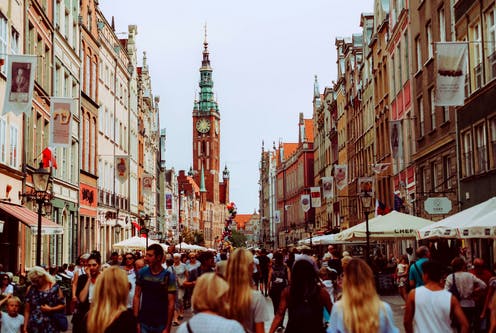It is hard to imagine any definition of liveability that does not include children and places for them to play, yet definitions often overlook the city’s smallest citizens.
Cities have traditionally been seen as ‘fertility traps’, places where birth rates are far lower compared to the countryside. It is easy to see why.
As cities have swelled to host more than half the world’s population, global fertility rates have plummeted from approximately five children per woman in the 1950s to 2.47 today, according to UN data.The two trends appear linked – as countries develop and become urbanised, fertility rates fall – even if a cause cannot actually be identified.
Further, multiple international studies since 2000 have found that fertility levels are generally higher in rural areas and small towns and lower in large cities. However, digging deeper into the trends of urbanisation and low fertility reveals some surprising and sometimes counterintuitive statistics, thanks to an intricate and complex web of socioeconomic and other factors.
For example, it’s often assumed that an urban environment tends to reduce fertility because the cost of raising children is higher in cities. Yet surprisingly, cities with some of the highest living and housing expenses, for example London, actually have a higher adjusted crude birth rate (the number of newborns per 1000 women of childbearing age) than their national average.
This is often linked to higher incomes in these high cost of living cities. The inverse relationship between income and fertility isn’t a modern urban phenomenon; it’s known as the demographic-economic paradox. The idea was described as early as 1798 by demographic scholar Thomas Malthus who argued that greater means would make it possible to have more children, but that doesn’t happen.















